“If you don’t like the way the world is, you change it, one step at a time.”
-Marian Wright Edelman.
There was this article on bird deaths due to collision with buildings. It was a very fascinating article and the figures furnished were quite staggering, terrifying actually. Billions of birds die every year smashing into the innocuous looking buildings at full speed, these figures outnumber bird deaths from high tension wires or wind turbines etc.
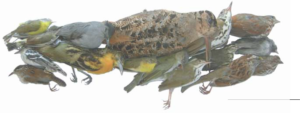
We all love watching beautiful, colorful birds, though the hustle and bustle of city life doesn’t just kill birds, it also kills our enthusiasm for some relaxed moments with mother nature. Some of our friends are great bird lovers. Friends like Girish, Bharat and Raturi are ardent bird watchers; they spot new and rare species and capture them in their cameras. They would understand perfectly well that birds don’t just add color and beauty to our world, they are important to human life in many other ways as well. They control insect population and help disperse seeds that’s so important for plant diversity. Not only this, they are a great source of income from tourism etc also.
Buildings and birds: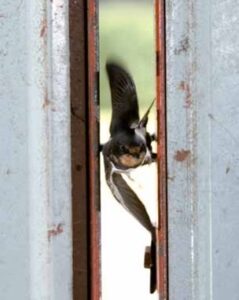
Birds have poor depth perception, they cannot notice building features, especially windows and other glass components. Glass can look highly reflective or completely transparent depending on location, lighting and time of the day. Both these qualities are dangerous to the birds. When glass reflects the surroundings, it looks like the nearby vegetation or the clear sky to the birds prompting them to try and fly through it. On the other hand, when it’s transparent, birds often want to reach what is beyond it, especially if there is indoor foliage. Night time lighting also attracts birds, many migratory birds tend to change their natural migratory patterns when attracted to lighting in and around buildings. What should we do then?
Bird-friendly design:
The main focus of bird-friendly façade design is to make glass more visible making it appear to the birds as if the space is too small to fly through. Reducing reflections is just as important. Ideally window panes should have empty spaces not bigger than 2” x 4” to stop birds from approaching them. Window panes should have design patterns or decals to deter the birds. Vertical stripes are found to be most bird-friendly as far as the exterior windows are concerned.
Using colored glass:
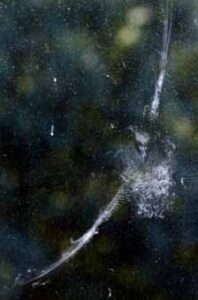
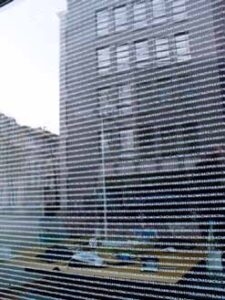
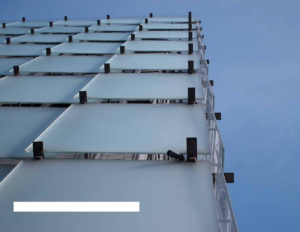 Choosing colored or tinted glass instead of the typical clear glass is an excellent way of reducing bird collision. Birds can easily notice colored, frosted, stain- glass or glass-block windows, so they are considered more bird-friendly. Glass made with a UV coating is also visible to birds while human eye cannot detect any difference.
Choosing colored or tinted glass instead of the typical clear glass is an excellent way of reducing bird collision. Birds can easily notice colored, frosted, stain- glass or glass-block windows, so they are considered more bird-friendly. Glass made with a UV coating is also visible to birds while human eye cannot detect any difference.
Other design features:
Apart from using special glass windows, other design features could be added to reduce bird deaths due to collision with buildings. Designers can provide balconies, overhangs, shutters, grills or screens etc instead of using clear or reflective glass to add variety to the building exterior without affecting the inside view and reducing bird hits
Birds are an integral part of our environment; to save them is to protect our environment. Although we fail to notice, urbanization has led to the extinction of so many species of these winged creatures (remember, cute little sparrows?)- beautiful and colorful creations that are so essential to maintain the balance of nature. The important thing to consider here is that the lower parts of a building (up to the first 40 feet) and the layers next to a green roof needs to incorporate these design features the most. It is imperative to save these wonderful animals to save ourselves, designing bird-friendly exteriors could be an earth-saving step.
Source:
Green building alliance;
https://www.gba.org › resources › exterior-solutions › b…
https://abcbirds.org › uploads › 2015/05 › Bird-fri…
https://theiwrc.org › uploads › 2011/05 › BirdFrie…
https://abcbirds.org/wp-content/uploads/2015/05/Bird-friendly-Building-Guide_2015.pdf
ABOUT THE AUTHOR
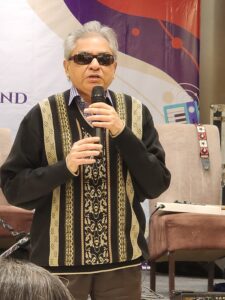
Sandeep Singh is an architect from IIT Roorkee.
Ten years after graduating, he lost his vision to genetic Diabetes.
He reinvented his career and turned writer.
He has authored two fiction books and writes blogs on
Architecture, Outsourcing, Safety and a variety of other
subjects for different organizations. He also chairs and runs two NGOs
